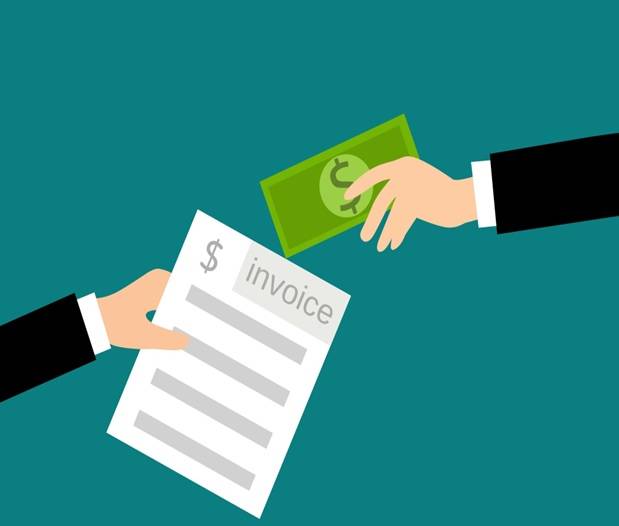Only 30 percent of small businesses survive their first decade. There are a number of factors that cause businesses to fail but they all boil down to one thing – lack of money.
As a business owner, you do everything you can to grow and protect your business and your reputation. But what happens when customers don’t pay what they owe?
Restricted cashflow can halt your business operations. Fortunately, there is a way to get money back in your hands quickly -invoice financing. Keep reading to learn more about how you can use invoice financing to borrow based on what you’ve already earned.
What is Invoice Financing?
Invoice financing is also called accounts receivables financing and invoice trading. Put simply, invoice financing is an asset-based loan. With this type of financing, you get money in your hands that you can spend to do things like pay employees and suppliers and reinvest in your own business. With invoice financing, the unpaid invoices in your accounts receivable act as your asset for purposes of collateral. This means you don’t have to put up any other assets. And whether or not you qualify for financing isn’t dependent on your credit history. Instead, the credit histories and reputations of the companies that owe you money are used to determine whether you qualify.
The good news is that you don’t have to jump through hoops to make the most of invoice financing. You can source reputable online invoice finance providers, which will save you a lot of time and stress when using this type of service.
In exchange for putting money in your hands up front, invoice financing companies charge a fee. This fee is usually a percentage of the amount you want to borrow.
There are several different types of invoice-based financing – invoice financing services, invoice factoring, and accounts receivable lines of credit. Let’s take a look at these in more detail to learn more about which type of invoice financing might be best for your business.
Invoice Financing Services
This type of invoice-based financing is the most basic and is essentially standard invoice financing. With this option, you can work with an invoice financing company to get a cash advance on the amount you are owed in unpaid accounts receivable invoices. With standard invoice financing, you are still responsible for collecting the unpaid invoices from your customers. If they don’t pay, you’ll still have to pay back your lender. Whether or not you qualify for this type of business financing is largely dependent on the history of your accounts receivable.
Have your customers paid their invoices on time and in full in the past? Are these reputable businesses? Do you have a longstanding relationship and expect to continue that relationship?
If you can answer yes to these questions, you’ll likely qualify for financing based on your unpaid invoices. The cost of this type of financing is based on your invoice value each month and is usually charged as a percentage. As your customers pay their invoices, you can use this money to pay back your lender.
Invoice Factoring
Did you notice with invoice financing services that you are still responsible for collecting on those unpaid invoices?
While your lender may be willing to take on the risk of these invoices never getting paid by your customers, this is only because you’re still on the hook for paying them back. Getting your customers to pay takes time and might even cost you money. If your cashflow is tight and you’re anxious to put that money back into your business, invoice factoring might be right for you. With invoice factoring, invoice financing companies take on the burden of collecting on your accounts receivable. Factoring involves invoice financing companies purchasing your unpaid invoices. This is usually at a discount. In exchange your the invoice financing company purchasing your invoices in bulk and taking on the task of collecting on them, you will receive a portion of the owed balance upfront. Because you are selling them at a discount, this practice is sometimes called invoice discounting. Invoice factoring is a great option for companies with longstanding accounts receivable.
Getting rid of the burden of collecting your unpaid invoices over time and getting money in your hands to start growing your business right away can be invaluable. With invoice factoring, the amount you will make for selling your invoices depends on the risk profile of your customers. The more risk your financing company is taking on, the less they will be willing to pay for the invoices. The fee for invoice factoring can be structured in a few different ways. Most often, the fee is a small percentage of the invoice value.
Accounts Receivable Line of Credit
This type of invoice financing is a line of credit. The amount you can borrow is based on the value of your unpaid invoices. You can usually borrow up to 85% of the value of your outstanding accounts receivable. The value of your invoices is calculated based on their age. Your interest rate will be based on your balance and determined ahead of time. As invoices are paid off, your balance will go down. You might have to pay a fee when you use the credit line. However, APRs are usually relatively low.





















